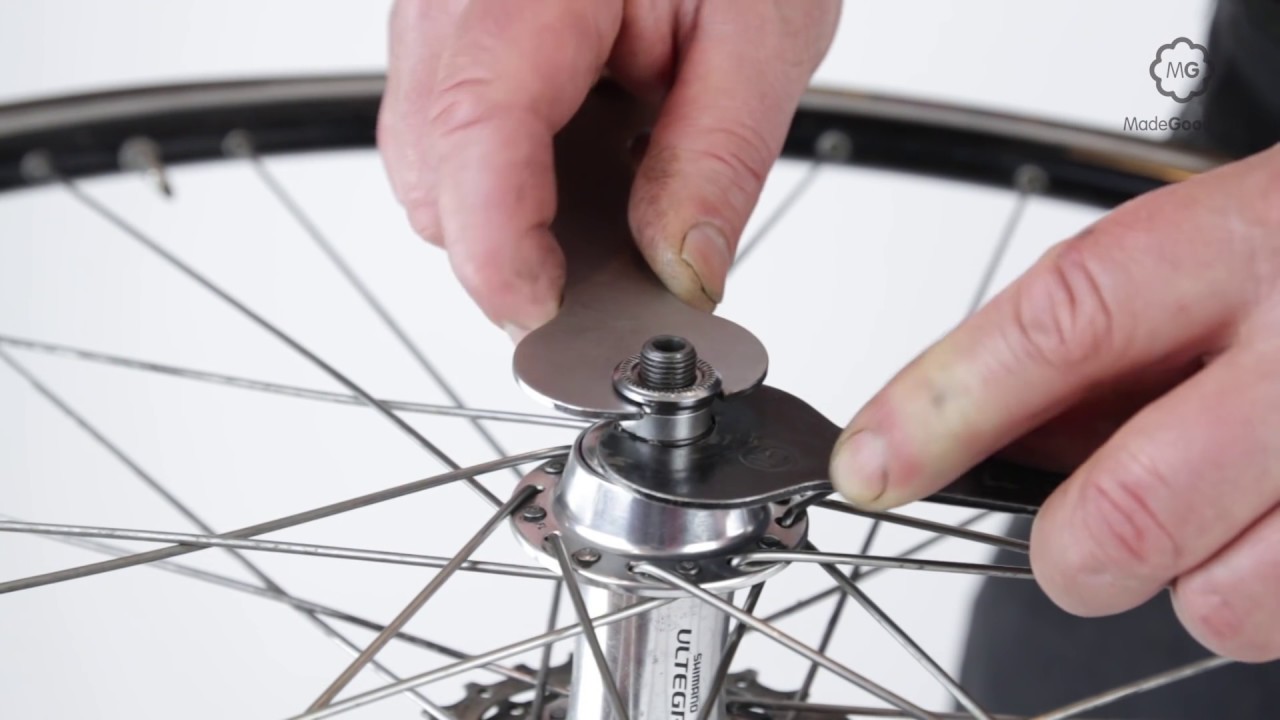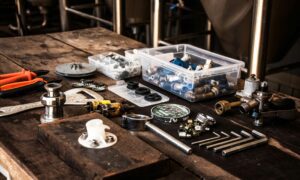When it comes to cycling, the devil is in the details. While many riders focus on the frame, tires, and gears, one of the most critical components often overlooked is the bike wheel hub. The hub is the heart of the wheel, and choosing the right one can significantly impact your ride’s performance, comfort, and durability. In this comprehensive guide, we’ll delve into everything you need to know about bike wheel hubs.
Understanding Bike Wheel Hubs
A bike wheel hub is the central part of the wheel that allows it to spin freely. It consists of an axle, bearings, and a hub shell. The hub connects to the bike frame via the axle and to the rim through the spokes. There are two primary types of hubs: front and rear, each serving different functions and having specific features.
Front Hubs: The front hub is simpler in design and functionality. It primarily allows the front wheel to rotate smoothly and is usually equipped with quick-release skewers or thru-axles for easy installation and removal.
Rear Hubs: The rear hub is more complex as it integrates the drivetrain. It houses the freehub or freewheel mechanism, which allows the bike to coast without the pedals moving. Rear hubs also come with various gear configurations, including single-speed, multi-speed, and internally geared hubs.
Types of Bike Wheel Hubs
- Standard Hubs:Standard hubs are the most common type, found on most road, mountain, and hybrid bikes. They come with either quick-release skewers or thru-axles and are compatible with a wide range of bikes and riding styles.
- Thru-Axle Hubs:Thru-axle hubs provide increased stiffness and strength compared to quick-release hubs. They are commonly used on mountain bikes and high-performance road bikes. The thru-axle passes through the hub and attaches to the frame, providing a more secure connection.
- Sealed Bearing Hubs:Sealed bearing hubs offer better protection against dirt, water, and debris, leading to a longer lifespan and reduced maintenance. They are ideal for riders who frequently ride in harsh conditions or prefer low-maintenance components.
- Cup and Cone Hubs:Cup and cone hubs use loose ball bearings that sit in cups inside the hub shell, adjusted with cone nuts. They are adjustable and repairable, making them a popular choice among traditionalists and those who enjoy hands-on maintenance.
- Disc Brake Hubs:Disc brake hubs are designed to accommodate disc brakes, providing superior stopping power, especially in wet or muddy conditions. They come in both quick-release and thru-axle versions and are essential for mountain bikes and cyclocross bikes.
Choosing the Right Bike Wheel Hub
Selecting the right hub for your bike depends on several factors, including your riding style, bike type, and personal preferences. Here are some key considerations:
- Compatibility:Ensure the hub is compatible with your bike’s frame and fork. Check the axle type, spacing, and brake compatibility.
- Riding Conditions:Consider the conditions you typically ride in. If you ride in wet or muddy environments, sealed bearing hubs or disc brake hubs may be more suitable.
- Maintenance:Think about how much maintenance you are willing to perform. Sealed bearing hubs require less maintenance, while cup and cone hubs allow for more adjustability and repair.
- Weight:Lighter hubs can improve your bike’s performance, especially for road cyclists and racers. However, they may come at a higher cost.
- Durability:If you are a mountain biker or frequently ride on rough terrain, durability is crucial. Thru-axle hubs and sealed bearing hubs are excellent choices for their strength and longevity.
Installation and Maintenance
Proper installation and maintenance of your bike wheel hubs are essential for optimal performance and longevity. Here’s a basic guide:
Installation:
- Front Hub:Insert the axle through the fork dropouts and secure it with a quick-release skewer or thru-axle. Ensure it is tight but not over-torqued.
- Rear Hub:Align the rear hub with the frame dropouts, ensuring the chain is properly seated on the cassette or freewheel. Secure it with a quick-release skewer or thru-axle.
Maintenance:
- Regular Cleaning:Keep your hubs clean by wiping them down after rides, especially in wet or muddy conditions.
- Lubrication:Periodically lubricate the hub bearings to ensure smooth rotation. For sealed bearing hubs, check the manufacturer’s recommendations.
- Adjustment:For cup and cone hubs, regularly check and adjust the bearing tension to prevent play and ensure smooth operation.
- Inspection:Inspect your hubs for signs of wear or damage, such as cracks in the hub shell, loose bearings, or damaged axles. Replace any worn or damaged parts promptly.
Upgrading Your Bike Wheel Hubs
Upgrading your bike wheel hubs can provide significant performance benefits, such as smoother rotation, better durability, and improved braking. Here are some popular upgrade options:
- High-Quality Bearings:Upgrading to high-quality sealed bearings can reduce friction and increase the lifespan of your hubs. Ceramic bearings are a premium option that offers ultra-smooth performance.
- Lightweight Hubs:For road cyclists and racers, lightweight hubs made from materials like titanium or high-grade aluminum can reduce rotational weight and improve acceleration.
- Boost Hubs:Boost hubs have wider spacing (110mm front, 148mm rear) and are designed to increase wheel stiffness and strength. They are commonly used on modern mountain bikes.
- Internally Geared Hubs:For commuters and touring cyclists, internally geared hubs offer a wide range of gears with minimal maintenance. They are fully enclosed, protecting the gears from the elements.
- Custom Hubs:Custom hubs allow you to tailor your wheels to your specific needs and preferences. You can choose the spoke count, lacing pattern, and hub material for a truly personalized ride.
Conclusion
Bike wheel hubs are a crucial component that significantly impacts your bike’s performance, comfort, and reliability. Whether you are a road cyclist, mountain biker, or commuter, understanding the different types of hubs and their features can help you make an informed decision. By choosing the right hub and maintaining it properly, you can enjoy smoother rides, better performance, and longer-lasting wheels.
For a wide selection of high-quality bike wheel hubs, visit Loam Labs USA. Explore our collection and find the perfect hub for your cycling needs. Happy riding!





























